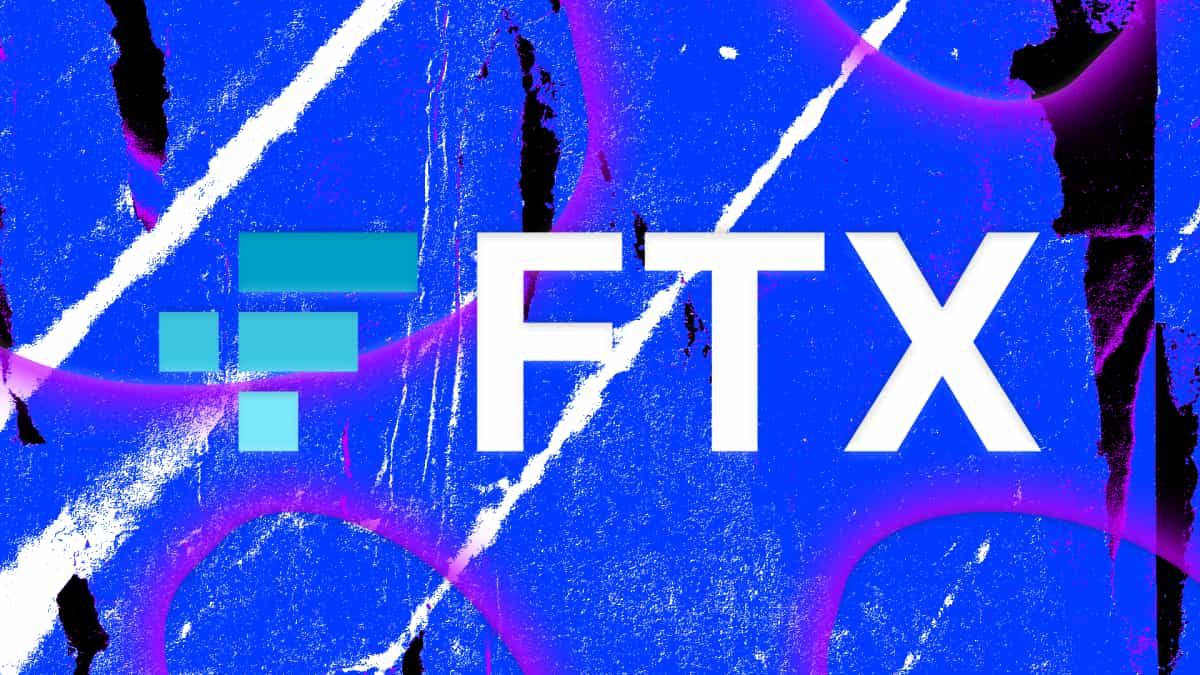Paxos takes aim at Circle and Tether, says 96% of its stablecoin reserves are cash or cash equivalents


In a July 21 blog post, Paxos revealed that its duo of stablecoins, Paxos Standard and Binance USD, are backed by 96% cash or cash equivalents.
This contrasts with recent reports coming out of the other leading U.S. dollar-centric stablecoin operators, Tether and Circle — a comparison that Paxos invited in its post. Indeed, the post itself can be seen as a callout of Paxos competitors in the growing stablecoin ecosystem. USDT and USDC are the most sizeable stablecoins by total supply, according to The Block's Data Dashboard, followed by BUSD.
"USDC and Tether reserves are not comprehensively overseen by any financial regulators," reads the blog, before charting recent announcements that those tokens are backed by 61% and 2.9% cash deposits, respectively.

Source: Paxos Blog
Regarding its "cash equivalents," Paxos elaborates: "All cash equivalents are held in the form of US Treasury Bills with maturities of 3 months or less or overnight repurchase agreements overcollateralized by US Treasury instruments."
Facing new requirements and scrutiny following a settlement with the New York Attorney General, Tether revealed a breakdown of its USDT backing for the first time in May. Subsequently, the stablecoin market has seen a rise in this sort of reporting.
Stablecoin operators in the U.S. are not subject to a standardized federal regulatory regime. These operators are instead regulated within a patchwork of state entities; of these, New York is the most significant. The NYAG has banned Tether from operating in the state. Meanwhile, Circle runs under a Bitlicense and Paxos under a trust charter, both granted by the New York Department of Financial Services.
Federal regulators are, meanwhile, closely monitoring these firms' efforts at transparency while they work to assemble a strategy across various agencies. These actions appeared to gain considerable speed in the wake of the 2019 unveiling of Libra, now known as Diem, which provoked a strong regulatory response worldwide, more recently manifested in proposals in the European Union and the halls of Congress, among other places. Private stablecoins have also spurred on the work being done at central banks on new types of digital currencies.
Some predict that a functional ecosystem of private regulated stablecoins would render a U.S. central bank digital currency unnecessary.



